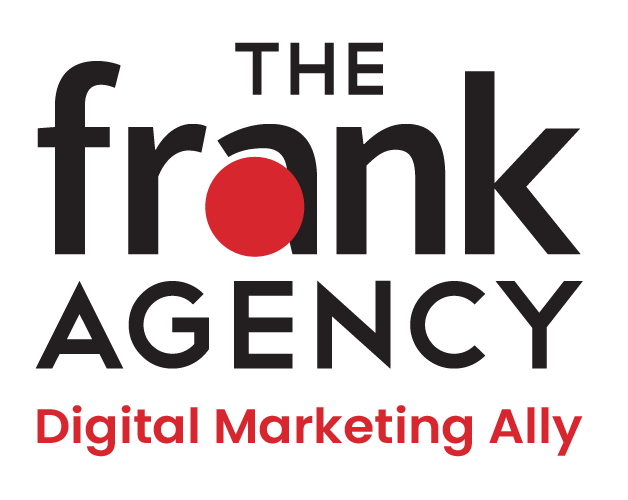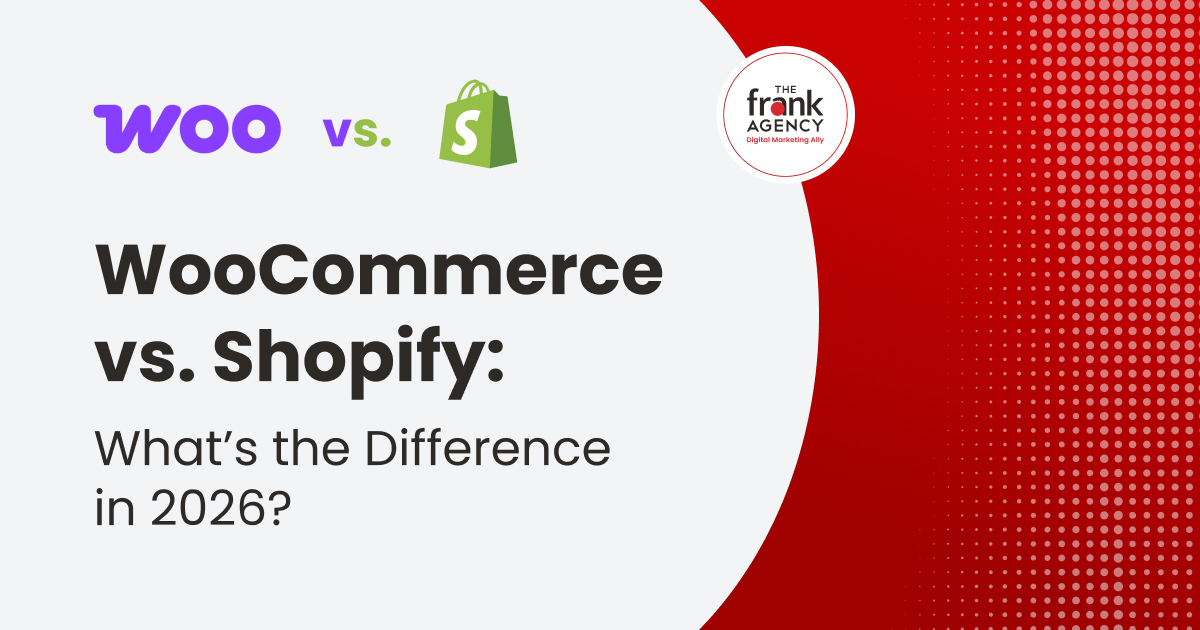In a standard game of darts, the goal may be to accrue the most points or get down to zero. Therefore, you meticulously select a target on the board that will allow you to reach your goal faster, with fewer throws. Unless you’re horrible at darts, you probably wouldn’t just close your eyes and throw wildly in the general direction of the board. Doing so wastes a dart, a turn, and may actually land you in hot water when it comes to points.
In darts, winning requires focused precision. A successful direct-mail marketing campaign works similarly.
Effective direct-mail marketers won’t target random customers (or every customer) hoping to land on one who needs their products or services. The fact of the matter is non-targeted marketing takes time and money that marketers simply don’t have. Besides, everyone is not a potential customer.
Instead, savvy marketers carefully determine which customers (or targets on the board) are most likely to fit their unique niche. Then, they focus solely on aiming at customers who meet those criteria. Here’s how it’s done.
Defining Your Audience
Before you can target your audience, you must find out who your ideal customer is. First, start by evaluating your products and services. Think about the benefits and features they provide. Who is most likely to benefit from buying them? For example, if you’re selling custom-made cribs, the audience who is most likely to benefit would be parents of new babies.
The second method involves getting together with your team and coming up with a detailed description of your perfect customer. Include demographics like their age, gender, marital and family status, race or ethnicity, geographic location, education level, and socioeconomic status. Perhaps, in addition to searching for new parents to buy your cribs, you’d also search out ones in high-income brackets that can afford and appreciate your custom-made products.
A third method is assessing your current customer base. What are the defining characteristics of customers who buy from you?
Questions to ask might include:
- Where does my target customer live or work?
- What are their buying preferences?
- How old are they?
- Are they a specific gender?
- What are their values?
Following these three steps should help you define your target audience and build a list. You might create or buy a list using your specific criteria or develop one that identifies customers similar to your current customers.
Targeting Your Audience
Now, like in darts, once you’ve figured out where to aim, you must perfect your throw. Knowing your customer gives you an advantage, but it’s not enough. You must also determine the most appropriate way to approach your customer so that they’ll respond favorably. How can you use direct mail to do that?
You must consider what your ideal customers respond to. Are certain materials more effective than others? If you haven’t already collected data and tracked results regarding how your customers engage with your brand, now’s the time to do it. Create varying campaigns with different calls-to-action or different incentives (such as a coupon code) to determine which is most effective.
Questions to ask might include:
- In what stage of the buying process is my customer?
- Am I interacting with this customer online, also?
- Do different demographic groups respond differently?
- Does my customer need information or an incentive to buy?
- Are certain colors, fonts, materials more likely to get opened by my audience?
When you develop direct-mail materials that are highly targeted and relevant to your prospective buyer, they are much more likely to open them. Plus, knowing and understanding your customers helps you broker more lasting relationships so that they turn to your brand for years to come.
The next time you launch a direct-mail campaign, don’t just market for marketing’s sake. Be more precise. Determine who your ideal customer is and how you might best engage with them.
For help defining your audience in your next direct-mail campaign, The frank Agency can help—contact us today!






